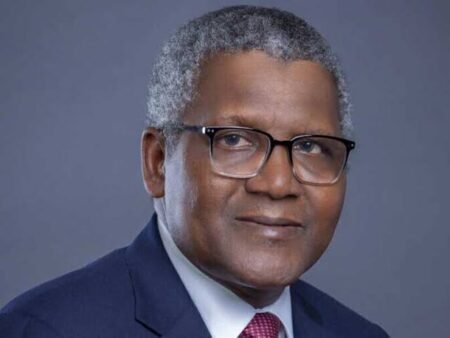Many people are experiencing homelessness as housing prices and rents have increased in Canada’s real estate markets.
According to reports, tens of thousands of people have begun to live on the streets of Canada, which remains a popular destination for immigrants and refugees.
A new study in September reveals that one in two homeless people in Quebec can be located in rural areas of the eastern province rather than primarily in Montreal, as was previously the case.
According to reports, roughly one in every four homeless people in Quebec ended up on the street after being evicted from housing.
Between 2018 and 2022, the number of homeless people in Quebec increased by 44%, reaching 10,000 last year.
It stated that indigenous people, who make up 5% of the Canadian population, are overrepresented in the streets, particularly Inuit, as Karine Lussier, a director of a local anti-poverty organization, reveals.
“In Granby alone, we need at least 1,000 affordable housing units,” Lussier said.
According to the article, some people have been living in a temporary camp in a cemetery in Granby, a 70,000-person town 80 kilometres (50 miles) east of Montreal.
Danny Brodeur-Cote, one of those affected, has been living in a makeshift camp in a Granby cemetery for months after being evicted from a flat he shared with his partner in June.
“I work five days a week,” he said. “What little housing there is is much too expensive,” he stated.
Julie Bourdon, the Mayor of Granby, said, “Visible homelessness did not exist three years ago in Granby, [but] rents are very high now compared to two years ago.”
Instead of destroying the camps and transferring the residents, the city chose to keep what it called “places of tolerance.”
According to France Belisle, Mayor of Gatineau, a city of nearly 300,000 people across the river from Ottawa, the problem may be only the tip of the iceberg because these are “the figures compiled a year ago.”
While the cost of living in Canada continues to rise, government statistics indicate that there are around 235,000 homeless people in Canada; however, this figure only includes people who use shelters.
This was disclosed by University of Western Ontario professor Cheryl Forchuk, who, like Belisle, believes the true picture is significantly worse.
“We are largely underestimating the number… We could probably triple the current federal estimates,” she stated.
“We now find ourselves in a situation where even well-off people have difficulty with housing,” Prime Minister Justin Trudeau admitted in September.
Regardless of the housing and rent issues that Canadians face, the North American country continues to welcome immigrants from all over the world, including Nigerians.
The Canadian federal government recently unveiled an aggressive plan to accept 500,000 immigrants per year by 2025, with about 1.5 million new immigrants expected to arrive in the country over the following three years.
In 2022, the country received 437,120 permanent residents, a rise of roughly 8% from the total number of PRs in 2021.
“The immigration levels plan will help businesses find the workers they need,” Sean Fraser, Canada’s immigration minister, said in a statement.











